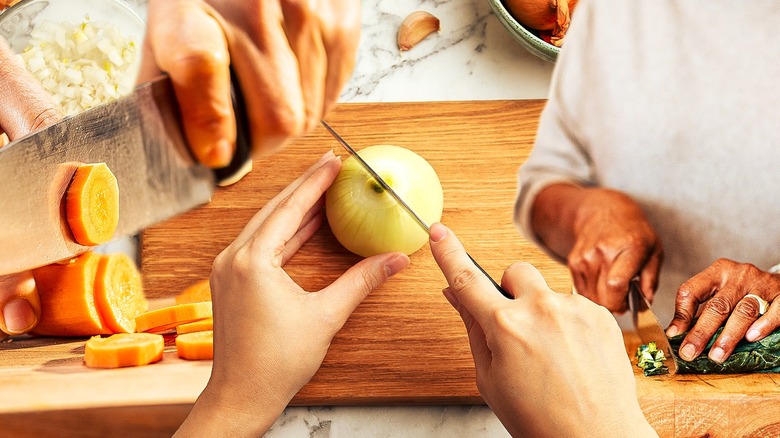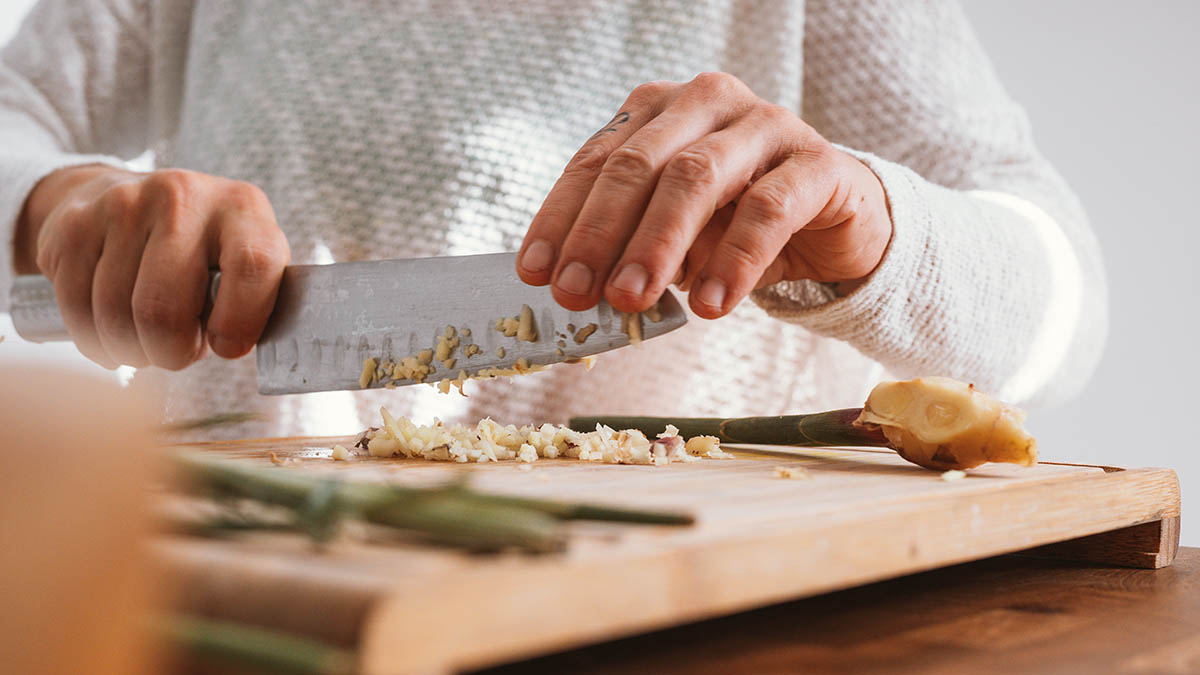Creating a cutting board from just one piece of wood might sound like a daunting task for many, but with the right guidance and tools, it’s achievable and highly rewarding. In this article, we will explore how to make a cutting board from one piece of wood in a way that is both simple and effective. This project is perfect for kitchen professionals and DIY enthusiasts alike.

Why Choose One Piece of Wood?
When making a cutting board, using a single piece of wood ensures that the board is strong and durable. There are no joints to weaken the structure, making it less likely to warp or split. This method also highlights the natural beauty of the wood, showcasing its grain and texture in a seamless piece.
Selecting the Right Wood
The first and most crucial step in crafting your cutting board is selecting the right wood. Some species of wood are more suitable for cutting boards because they are hard enough to withstand cutting, but not so hard that they dull your knives. Popular choices include maple, walnut, cherry, and teak.

Tools and Materials You Will Need
To make a cutting board from one piece of wood, you will need a few essential tools and materials. Heres a list to get you started:
- Wood (hardwood plank of your choice)
- Measuring tape or ruler
- Pencil
- Table saw or hand saw
- Planer or hand plane
- Sandpaper (various grits)
- Food-safe mineral oil or beeswax
- Clamps (optional)
Measuring and Cutting the Wood
Start by measuring your wood plank to determine the size of your cutting board. Standard sizes range from 12 x 18 to 18 x 24. Once you have your measurements, use a table saw or hand saw to cut the wood to the desired dimensions.
Smoothing and Finishing
After you have cut your board to size, its time to smooth it out. Use a planer or hand plane to ensure the surface is even. Then, sand the board starting with a coarse grit and progressing to finer grits. This will give the board a smooth, splinter-free finish.

Sanding the Edges
Dont forget to sand the edges of your cutting board. You can round the edges slightly to prevent any sharp corners. Sanding the edges ensures a smooth feel and prevents splinters.
Applying the Finish
With your cutting board now smooth and shaped, its time to apply a finish to protect the wood. Use food-safe mineral oil or beeswax to seal and protect the wood. Apply in several coats, allowing the wood to absorb the oil thoroughly.
For more on treating your cutting board, visit Real Simple.
Caring for Your Cutting Board
Proper care will extend the life of your cutting board. Avoid long periods of soaking in water and ensure you oil it regularly. gas grilling pork A well-cared-for board can last for years. For more about cutting board care, visit What’s for Dinner.
Safety Tips
When working with power tools, always prioritize safety. Wear safety goggles and hearing protection when using saws and planers. Work in a well-ventilated area to minimize dust inhalation.
Maintaining Your Cutting Board
Regular oiling and proper cleaning will keep your cutting board in top condition. Use food-safe oil and avoid putting the board in the dishwasher.
Frequently Asked Questions (FAQ)
Is it necessary to use hardwood for a cutting board?
Yes, using hardwood is crucial because it can withstand the repeated cutting while minimizing damage to your knives.
Can I use any type of oil to finish the cutting board?
Only use food-safe oils like mineral oil or beeswax. Avoid using cooking oils, as they can turn rancid.
How often should I oil my cutting board?
Oil your cutting board every few weeks, or whenever it starts to look dry. This will keep the wood hydrated and durable.
This article was proudly written by Avi Green.
As an Amazon Associate, I earn from qualifying purchases.
As an Amazon Associate, I earn from qualifying purchases.


